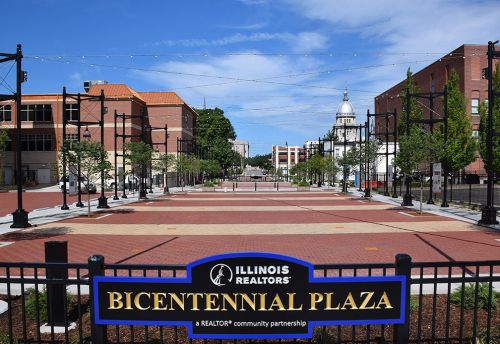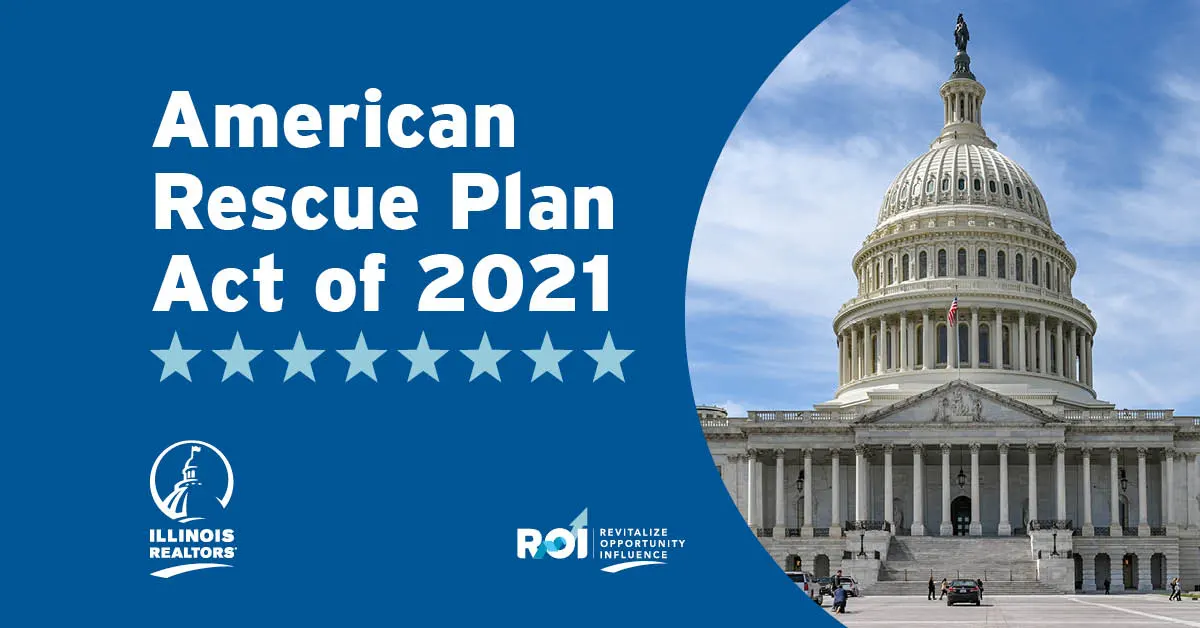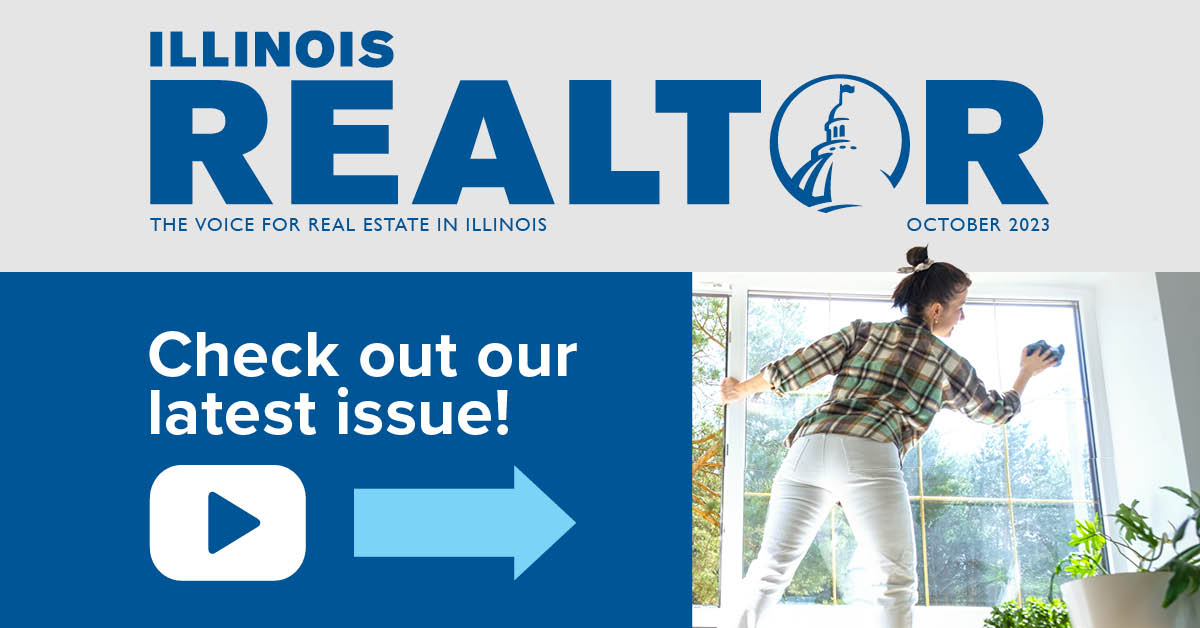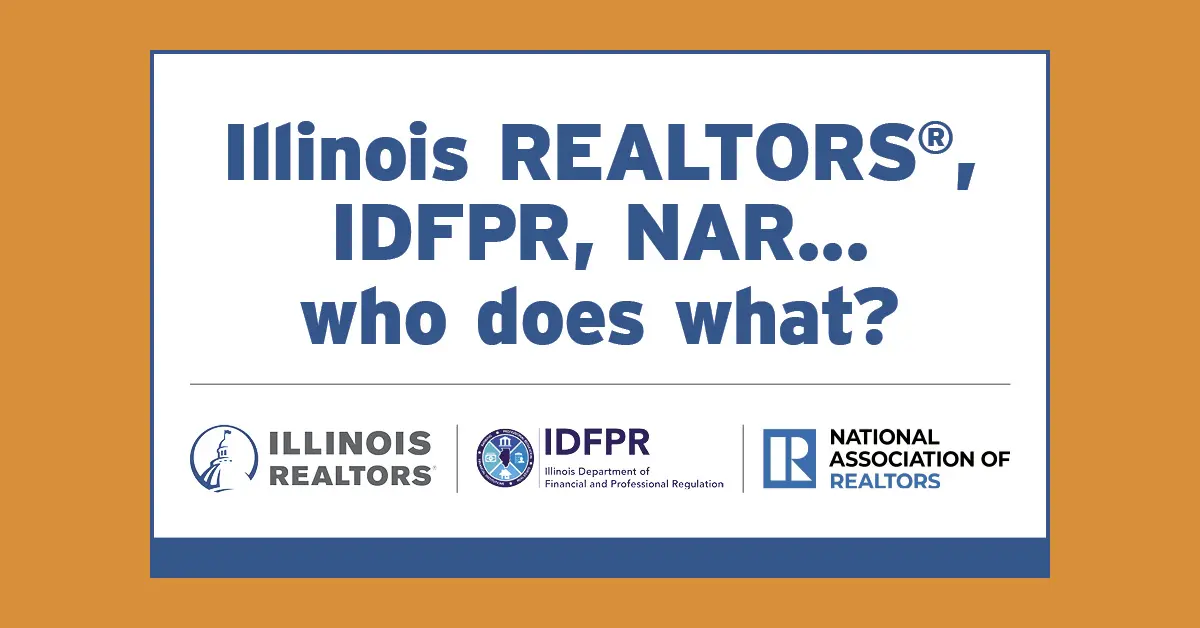With so many federal dollars allocated through different vehicles, most people have probably lost track of how much the federal American Rescue Plan (ARP) is being used. However, a closer look at ARP, which was signed into law by President Biden on March 11, 2021, reveals an almost unfathomable opportunity to address two issues at the root of the rising costs of homeownership: housing inventory and water infrastructure.
Why unfathomable? The amount of funding making its way to local governments is like a giant, unexpected bonus. Just a few examples from Illinois:
- Cook County: Just over $1 billion
- Waukegan: $19.7 million
- Springfield: $33.8 million
- Madison County: $51 million
The Center for Community Progress set up an interactive map that provides the estimated amount that a community will receive. Local governments have until Dec. 31, 2024, to obligate and Dec. 31, 2026, to spend their funds. It is important to note that local governments cannot use the funding to pay for existing debt.
So, what can they use the funds for? Highest priority is placed on activities related to fighting the COVID-19 health and economic crisis. And according to a fact sheet from the Treasury Department, there are two ways the funds may be used for “bricks and mortar” or capital projects that could have a lasting impact on revitalizing communities, encouraging housing development and slowing the skyrocketing cost of homeownership:
American Rescue Plan allocations
Find out how much your city and county received in federal ARP funds at bit.ly/ARP_Allocations. This interactive dashboard from the Center for Community Progress allows you to zoom in on the state, county and metropolitan city level.
Housing affordability
Housing development is specifically named as an allowable use of the ARP funds. This could be a game changing opportunity for local governments to fund the construction, acquisition or rehabilitation of housing units. Low inventory is fueling the steep rise in housing costs. Building code, zoning requirements, labor, land and material costs are all contributing to the housing affordability crisis, but local governments can take a major bite out of those costs and invest in the health of their communities by dedicating their ARP dollars to housing affordability.
Water/sewer/stormwater infrastructure
Because the pipes are underground, many communities don’t think about needed upgrades until there is a crisis. Local governments throughout Illinois are contemplating raising property taxes, transfer taxes, tap on and user fees to cover the costs of things like lead pipe replacement and flooding problems. Water infrastructure is a specifically named use for the ARP dollars local governments will receive. Local communities will set themselves up for long-term financial success if they use their ARP bonus to upgrade water systems for generations to come.
Bottom line
Illinois is always in the running for the unfortunate recognition as having the highest property taxes of any state in the union. While ARP dollars cannot be used to lower property taxes directly, government should consider using their allocations for capital projects that will have the greatest impact on helping everyone access the American Dream of homeownership through housing affordability strategies and improved water infrastructure. If nothing else, Illinois residents should not give an inch when their local governments try to raise taxes. Ask them how they used their ARP dollars to address their budgets.




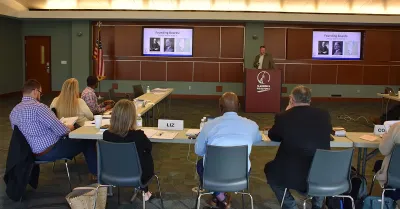 Create professional development programs that help REALTORS® strengthen their businesses.
Create professional development programs that help REALTORS® strengthen their businesses.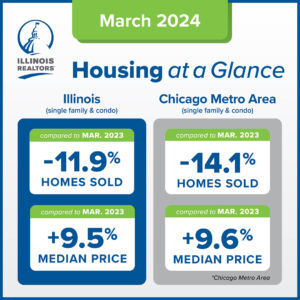
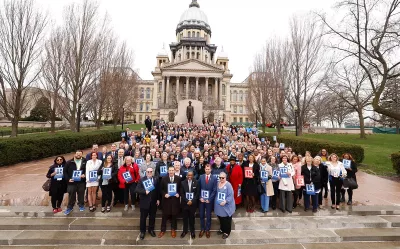 Protect private property rights and promote the value of REALTORS®.
Protect private property rights and promote the value of REALTORS®.
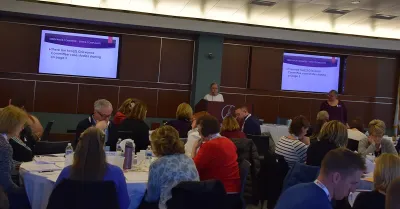 Advance ethics enforcement programs that increase REALTOR® professionalism.
Advance ethics enforcement programs that increase REALTOR® professionalism.
 Protect REALTORS® by providing legal guidance and education.
Protect REALTORS® by providing legal guidance and education. Stay current on industry issues with daily news from Illinois REALTORS®, network with other professionals, attend a seminar, and keep up with industry trends through events throughout the year.
Stay current on industry issues with daily news from Illinois REALTORS®, network with other professionals, attend a seminar, and keep up with industry trends through events throughout the year.